Evaluation of the use of ketoprofen for the treatment of digital dermatitis in dairy cattle: A randomised, positive controlled, clinical trial
Evaluation of the use of ketoprofen for the treatment of digital dermatitis in dairy cattle: A randomised, positive controlled, clinical trial
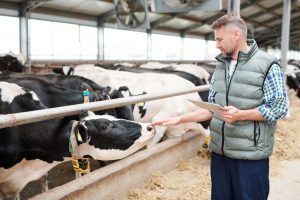
Open access
In our edition of: Dec 2021
In our categories of: farm animals
our summary:
Kasiora, K, et al. (2021) Evaluation of the use of ketoprofen for the treatment of digital dermatitis in dairy cattle: a randomised, positive controlled, clinical trial. Veterinary Record
The objective of this randomised, positively controlled study was to evaluate the potential benefits of ketoprofen in cows with active digital dermatitis (DD). The study’s null hypothesis was that use of ketoprofen alongside treatment with a topical antibiotic spray would not affect mobility or daily milk yield post-treatment.
Cows with an active DD lesion (M1, M2 or M4.1 stage) from four farms in the Northwest of England and North Wales were enrolled in the study and randomised into two groups; treatment and control. Cows in both groups were treated with an initial antibiotic oxytetracycline spray, while cows in the treatment group received an additional ketoprofen (Ketofen 10%, 3 mg/Kg) intramuscular injection. All cows were mobility scored prior to treatment and then again one week later. Farm records including daily milk yield for 1-week pre- and 1-week post-treatment were collected.
One hundred and fifty-eight cows were enrolled in the study, 98 cows in the treatment group and 68 cows in the control group. A total of 310 mobility score assessments, using the UK Agricultural and Horticultural Development Board (AHDB) 0–3 scale scoring method, were performed.
There was no significant difference in lameness prevalence (lameness defined as having a mobility score 2 or 3) between the control and treatment groups at enrolment or in the prevalence of sole ulcers, sole haemorrhage, white line disease, and presence of M2 stage DD.
Cows in the control group were at 2.57 times higher odds to be lame at second evaluation compared to those in the treatment group, which although numerically different, was not statistically significant. When only cows that were lame at enrolment (n=20) were considered, those that only received topic antibiotic treatment (control group) were at 20.20 times higher odds to be lame at second assessment than those that received ketoprofen as well.
Cows in the treatment group produced more milk per day than those in the control group. The effect of ketoprofen was more prominent in cows that were freshly calved and lame at enrolment. These cows in the ketoprofen treated group produced 58.38 ± 1.85 kg per day after treatment compared to those in the control group that produced 47.89 ± 1.81 kg per day.
Limitations of the study include the lower than planned numbers of enrolled cows, the unbalanced numbers in treatment and control groups, that ketoprofen treatment was reduced to one dose and that there was only one mobility scoring post-treatment. Two of the authors work for CEVA Animal Health, the manufacturer of Ketofen; they were not involved in data collection or analysis.
This study provides some evidence that the use of ketoprofen for treatment of active digital dermatitis treatment is associated with improved mobility scores and increased milk production.
Image copyright attribute: pressmaster
Join the discussion
We encourage discussion on all material highlighted in each edition of inFOCUS. Use the button below to join the conversation on Twitter and include your comment in the feed for this issue.


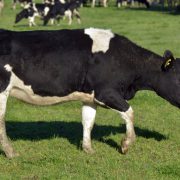
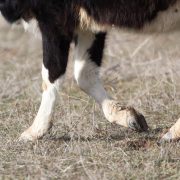
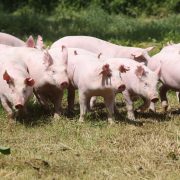
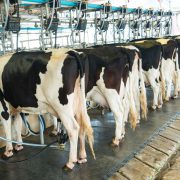
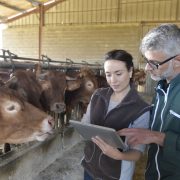



Leave a Reply
Want to join the discussion?Feel free to contribute!